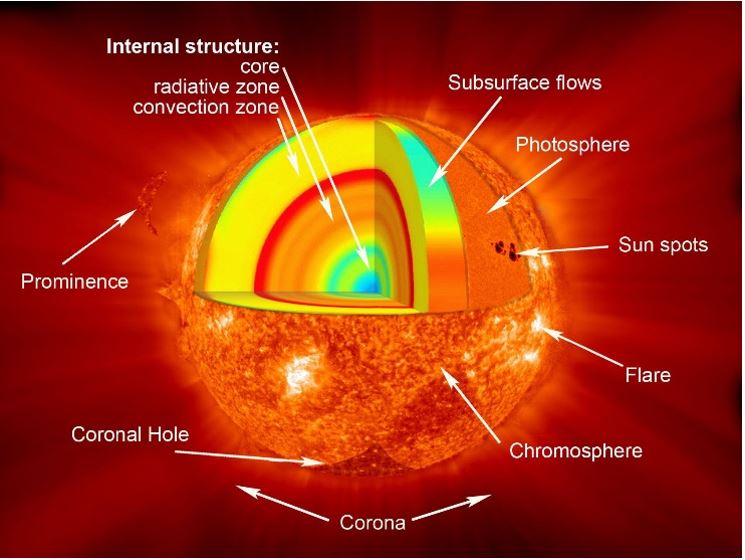

26th November 2024 (10 Topics)
Context
The Indian Space Research Organisation (ISRO) is all set to launch the European Space Agency’s Proba-3 mission on its PSLV rocket to study the solar corona.
About Proba-3:
- Proba-3 is the latest solar mission in ESA’s Proba suite of missions.
- Its predecessors Proba-1 (also launched by ISRO) and Proba-2 were launched in 2001 and 2009, respectively.
- Developed at an estimated cost of 200 million euros, Proba-3 has an expected mission life of two years. It will be launched into a highly elliptical orbit measuring around 600 x 60,530 km and have an orbital period of 19.7 hours.
- First-ever “precision formation flying: The mission is designed with two satellites that will be launched together, separate from each other and then fly in tandem.
- They will then form a solar coronagraph, an instrument that helps block out the bright light emitted by the Sun to reveal the objects and atmosphere around it.
- What will Proba-3 study?
- Due to the corona’s temperature, going up to 2 million degrees Fahrenheit, it is difficult for any instrument to observe it closely. However, it is important for scientific study, as all space weather and its associated turbulences — solar storms, solar winds, etc. — originate from the corona.
- These phenomena influence space weather and can potentially interfere with the smooth operations of all satellite-based communications, navigation, and power grids on Earth. To study these, Proba-3 will have three instruments onboard:
- Association of Spacecraft for Polarimetric and Imaging Investigation of the Corona of the Sun (ASPIICS) or the coronagraph. Its field of view is between the Sun’s outer and inner corona, a circular belt normally observable during solar eclipse events. The instrument has a 1.4-metre diameter occulting disk mounted on it, to block the Sun’s light and facilitate a close-up view of this belt.
- Digital Absolute Radiometer (DARA) will maintain a continuous measurement of the Sun’s total energy output, known as the total solar irradiance.
- 3D Energetic Electron Spectrometer (3DEES) will measure electron fluxes as it passes through Earth’s radiation belts, providing data for space weather studies.
Why is Proba-3 unique?
- The two satellites — Occulter Spacecraft (weighing 200 kg) and the Coronagraph Spacecraft (weighing 340 kg) — will mimic a natural solar eclipse. They will manoeuvre precisely in Earth’s orbit so that one satellite casts a shadow onto the other.
- A naturally occurring solar eclipse allows solar physicists to observe and study the Sun’s corona for 10 minutes, across an average of about 1.5 eclipse events per year.
- Proba-3 will give six hours, equivalent to 50 such events annually, which will help deepen understanding of the Sun’s corona like never before.
- Both the Occulter and the Coronagraph will face the Sun at all times. They will maintain a formation of a few millimetres and then move to a position where they will be 150 metres apart for six hours at a time.
- One satellite will act as a viewing telescope, kept at the centre of a shadow cast by the other satellite positioned 150 metres away. This positioning will facilitate observing the Sun’s corona and will be autonomously achieved through precise flight formation.
- If done successfully, the Occulter will create an artificial yet stable eclipse, by masking large parts of the Sun. As a result, the Sun’s blinding light will get blocked and only the solar corona will be visible to the coronagraph, which will photograph and facilitate studies of the lesser-known features.
Fact Box: Solar Corona
|



